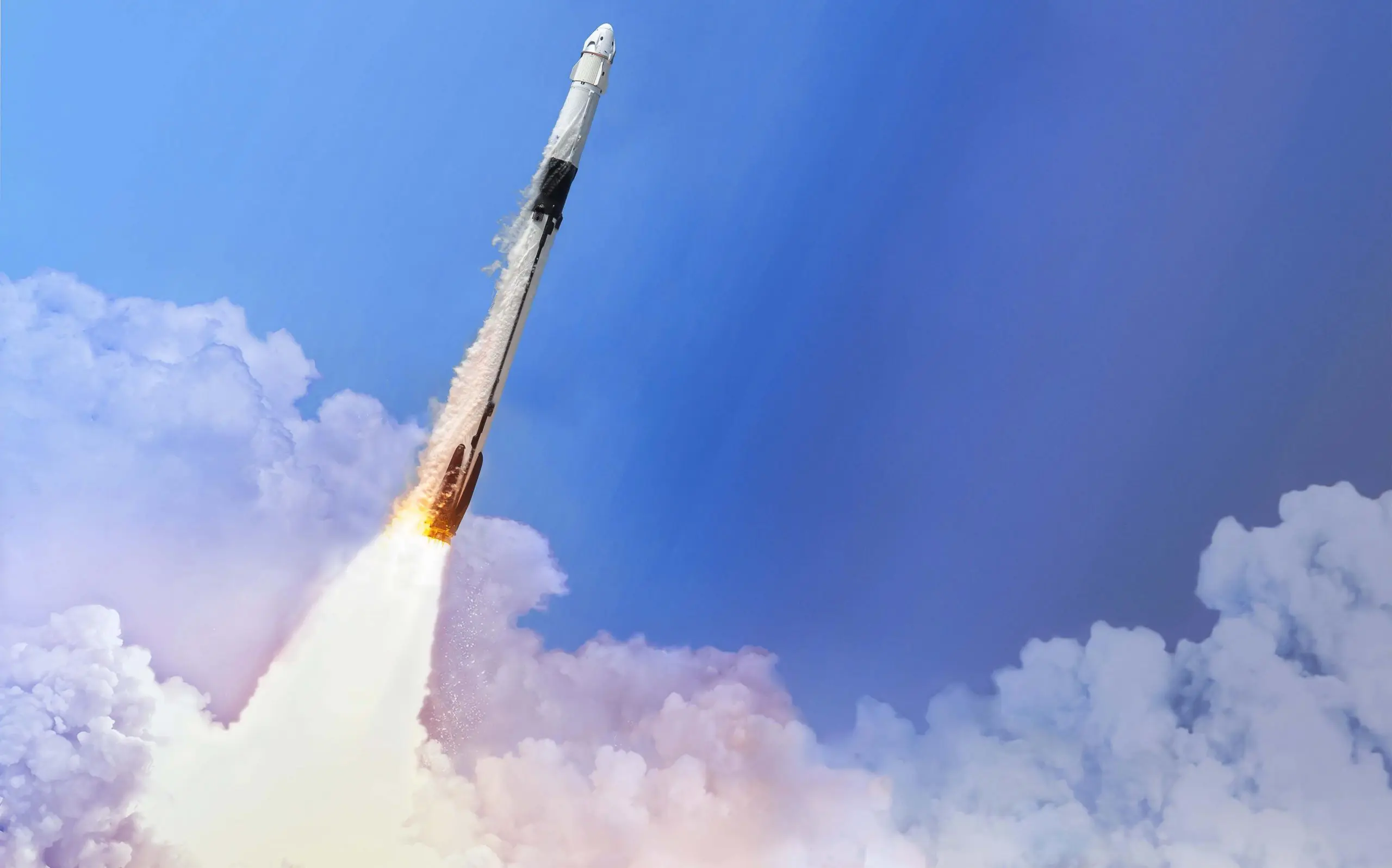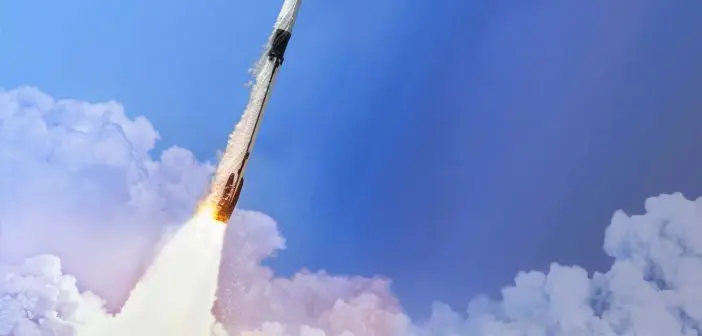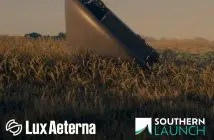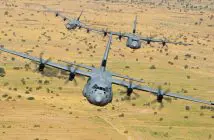
Australia could host up to 100 rocket launches, including SpaceX launches, over the next decade as a result of the US Technology Safeguards Agreement (TSA) coming into force last month, according to the Australian Space Agency (ASA).
The treaty-level agreement required by the US to allow American companies, government organisations and universities to undertake space launch activities in Australia came into force in July following a ratification recommendation from an Australian parliamentary committee. The technology covered in the agreement includes US launch vehicles (including spacecraft and satellites) and US equipment and data associated with space launch activities.
TSA paves the way for US space companies to apply to operate in Australian territory and waters, as well as accessing launch facilities, including Equatorial Launch’s Arnhem Space Centre, Gilmour Space Technology’s Bowen Space Port, and Southern Launch’s facilities at Whalers Bay and Koonibba in South Australia.
“The Australian Space Agency is currently engaging with domestic and international companies looking to explore opportunities,” an ASA spokesperson told Space & Defense. “It’s estimated, with the agreement in place, spacecraft operators could supply up to 100 space launches over the next decade with a benefit to the Australian economy of AUD1 billion.”
According to Reuters, SpaceX is among the US companies keen to benefit from the TSA. The company is reportedly in discussions with US and Australian authorities to bring down one of its rockets off Australia’s northwest coast and tow it into a yet-to-be-determined port for repatriation to the US. The talks follow a SpaceX Starship rocket making a controlled splashdown in the Indian Ocean in June. There are also reportedly tentative discussions about launching rockets from Australia or bringing them back directly onto Australian soil.
While offering benefits to SpaceX, any future activity by the company in Australia would provide opportunities for technology transfers that would benefit the local space sector. The ASA declined to comment on specific opportunities.
However, Space X’s interest in Australia comes as the demand for launch services, particularly from communication providers, is outstripping supply, particularly while Space X’s workhorse Falcon 9 rocket remains grounded. Even before planned future satellites are put into orbit, maintaining the current satellite constellations requires constant launches, which current operators are struggling to maintain.
SpaceX is just one of over a dozen startup and operating US space launch companies that could use the TSA to access Australian territory and facilities.
Australia has several advantages when it comes to space launches. Its prime geographical position (the Arnhem Space Centre is just 12° south of the Equator) provides rockets with a boost of almost 500 kilometres per hour compared to launches from sites at 45° south. There are large amounts of empty land, vast amounts of empty ocean, decent infrastructure, and political stability – all key criteria for successful space activities. Local space company, Southern Launch says they are talking to a range of US space companies about future launch and return opportunities, with a least one return expected later this year
ASA Head Enrico Palermo has previously said the TSA will generate new opportunities and investment for Australia’s launch sector. “It will increase Australia’s attractiveness as a place to launch from in addition to our geography, ability to access different orbits, wide open ranges, (and) focus on responsible operations,” he said.





